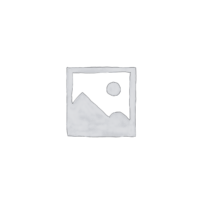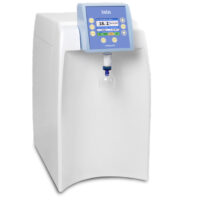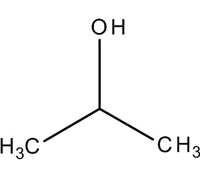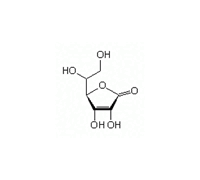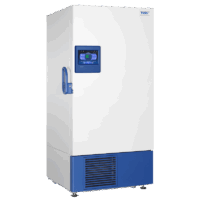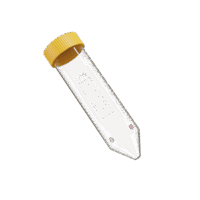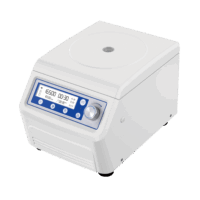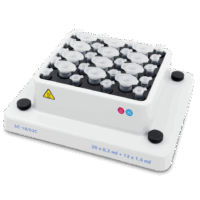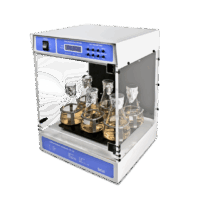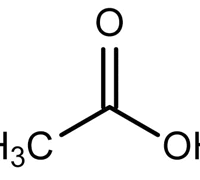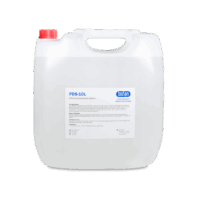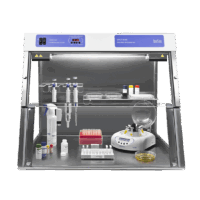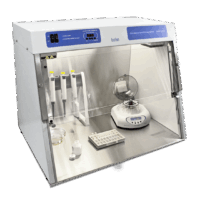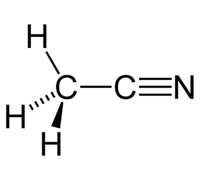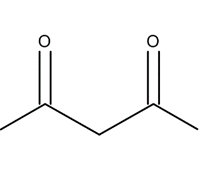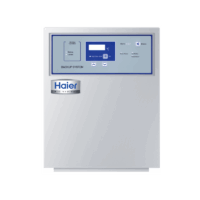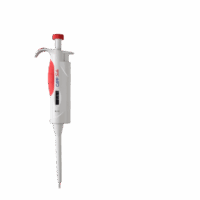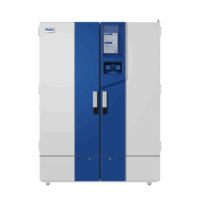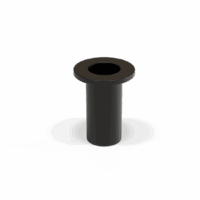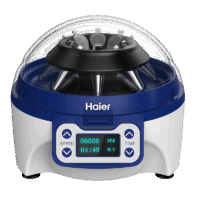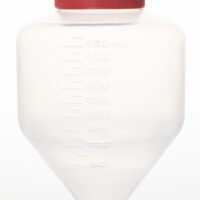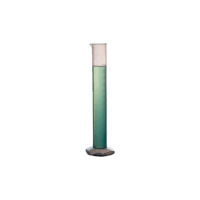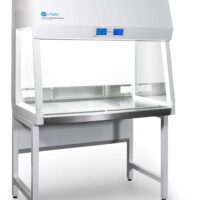Ingredient g/L
Casein enzymic hydrolysate 5.00
Proteose peptone 5.00
Meat extract B# 5.00
Yeast extract 5.00
Sodium chloride 20.00
Monopotassium dihydrogen phosphate 1.35
Disodium hydrogen phosphate 12.00
Esculin 1.00
Nalidixic acid 0.02
#- Equivalent to Beef extract
Final pH (at 25°C) : 7.4 + 0.2
Direction
Suspend 54.37 gms.in 1000ml. distilled water.Heat to boiling to dissolve the medium completely.Sterilize by autoclaving at 15 lbspressure (121°C) for 15 minutes. Cool to 50°C and aseptically add filter sterilized solution of acriflavin hydrochloride to a final Concentration of 12 mg per litre of medium or 25 mg per litre as per the requirement.
Principle
Casein enzymic hydrolysate, proteose peptone, beef extract and yeast extract provide necessary nutrients while esculin offers differential properties to the medium. Nalidixic acid and acriflavin hydrochloride together with higher concentration of phosphate render the medium selective for Listeria, as the gram – negative and gram – positive organisms are inhibited by Nalidixic acid and acriflavin hydrochloride respectively.
QC Tests
(I) Dehydrated Medium
Colour : Cream to yellow
Appearance : Homogeneous Free Flowing powder
(II) Rehydrated medium
pH (post autoclaving/heating) : 7.4 ± 0.2
Colour (post autoclaving/heating) : Medium amber
Clarity (post autoclaving/heating) : Slightly opalescent
(III) Q.C. Test Microbiological
Cultural characteristics observed after 24- 48 hours at 35-37°C.
MICROORGANISM (ATCC ) GROWTH
Listeria monocytogenes (19118 ) Good – luxuriant
Escherichia coli (25922) None – poor
Staphylococcus aureus (25923) None – poor
Use
For selective isolation and cultivation of Listeria monocytogenes from clinical specimens.
Storage
Dehydrated medium andprepared medium– Between 2 to 8°C.
| CAS No. | |
|---|---|
| Packing | 500 G |
Related Products
Recently Viewed
DNA and RNA Purification
Labaqua ultrapure systems are multi-purpose water purification systems. The Labaqua systems produce ultrapure and pure water directly from tap water.
This product has multiple variants. The options may be chosen on the product pageULT Freezers
Haier Biomedical Salvum brand of ULT freezers has been designed to deliver energy savings and reduced carbon footprint. This range uses environmentally safe hydrocarbon refrigerants and high efficiency fan motors to maximize the cooling ability of the system and reduce energy consumption. While providing sample safety, the freezer design makes energy savings possible for laboratories.
This product has multiple variants. The options may be chosen on the product pageProducts Best Selling
Sterile TPP TubeSpin® Bioreactor vessel, 50 ml, with pH and O2 sensor spots, 1 pce.
For the separation and purification of samples of cells, macromolecular proteins, blood, body fluids, DNA/RNA, plasmids, bacteria and viruses.
New modular design of laboratory furniture provides flexibility and ease of use.
The ES-20 is a compact bench–top Shaker–Incubator used for mixing of biological liquids as well as for incubation and cultivation of biological liquids according to the operator set program
Contamination is especially problematic in the highly sensitive PCR technique. Originating from aerosolized fragments, contaminant DNA can lead to cross contamination thus resulting in inaccurate data and as a result misinterpreted analysis.
DNA/RNA UV-cleaner box UVC/T-M-AR is designed for clean operations with DNA samples. UV-cleaner box provide protection against contamination.
DNA/RNA UV-cleaner box UVT-B-AR is designed for clean operations with DNA samples. UV-Cabinet provide protection against contamination.
LN2 backup cooling system is an independent refrigeration system for a ULT freezer. When there is a loss of power or the temperature of the freezer rises to the high alarm set point, the LN2 backup system can be automatically activated to inject LN2 into the chamber to maintain the freezer temperature. The backup system operates on a rechargeable battery when there is a loss of main power.
Products Favourite
The new CAPPSolo single channel pipettes are built to meet the liquid-transfer needs of the modern laboratory. These dependable work-horses are the ideal micropipette for research, clinical and academic laboratories that require great quality without breaking the bank. Here are some brief highlights of what you can expect from these excellent mechanical pipettes.
This product has multiple variants. The options may be chosen on the product pageSterile TPP TubeSpin® Bioreactor vessel, 50 ml, with pH and O2 sensor spots, 1 pce.
Applicable for blood stations, hospitals, CDC's, scientific research institutes, chemical industry and other related industries. The -30°C Biomedical Freezer can cryopreserve plasma, biological products, components, materials, and other items that need to be kept at low temperature.
This product has multiple variants. The options may be chosen on the product pageLN2 backup cooling system is an independent refrigeration system for a ULT freezer. When there is a loss of power or the temperature of the freezer rises to the high alarm set point, the LN2 backup system can be automatically activated to inject LN2 into the chamber to maintain the freezer temperature. The backup system operates on a rechargeable battery when there is a loss of main power.
The ES-20 is a compact bench–top Shaker–Incubator used for mixing of biological liquids as well as for incubation and cultivation of biological liquids according to the operator set program
For the separation and purification of samples of cells, macromolecular proteins, blood, body fluids, DNA/RNA, plasmids, bacteria and viruses.
This product is used in micro centrifugal scenarios (single tube capacity is less than or equal to 2ml)
This product has multiple variants. The options may be chosen on the product pageCover of a unique sealed structure design provides a two-way guarantee and ensures the sealing property Conical thickened design at the bottom to increase the maximum centrifugal limit Max. centrifugal force: 7000 xg Tolerable temperature range: -80℃-120℃ Clear scale for accurate and convenient data reading Sterile and RNase, DNase, human DNA and Pyrogen Free
This product has multiple variants. The options may be chosen on the product page
The n-Safe Pro cabinets are designed, to provide superior operator and product protection according to EN-12469 and NSF/ANSI 49 The most versatile and popular model in the range, offering high performance, ergonomic design, quiet operation, and touchscreen. Ideal for routine and research labs.
This product has multiple variants. The options may be chosen on the product page
